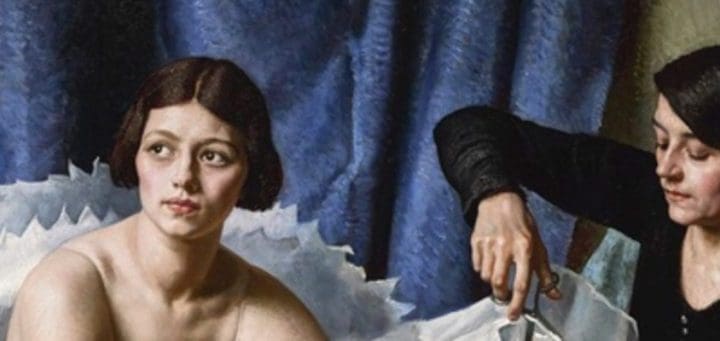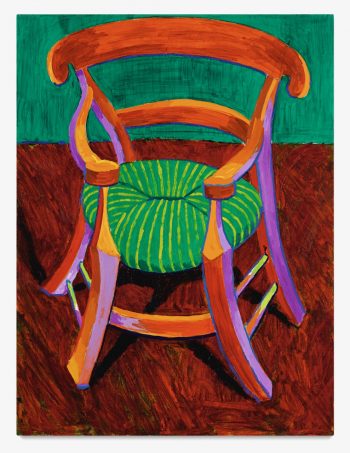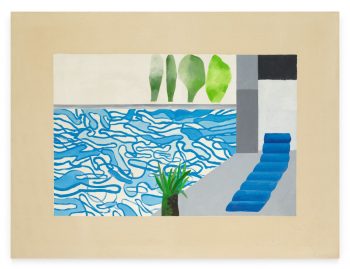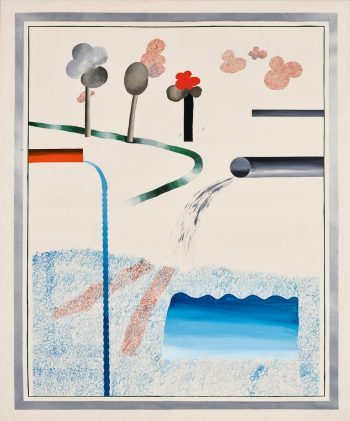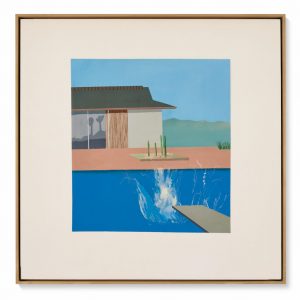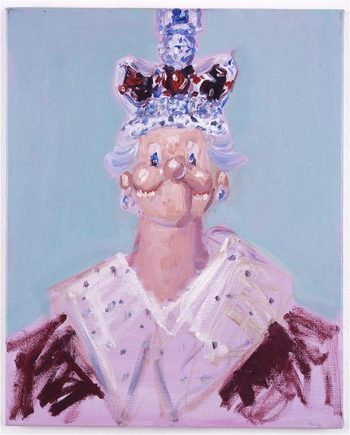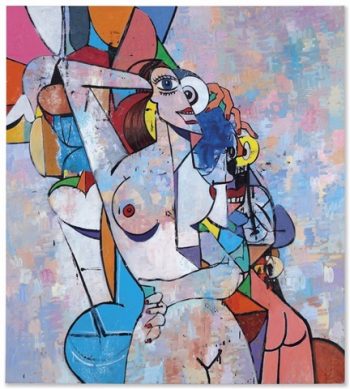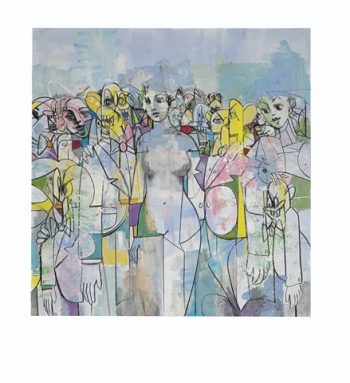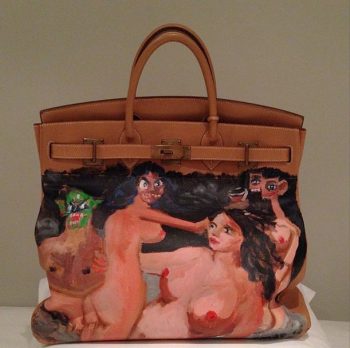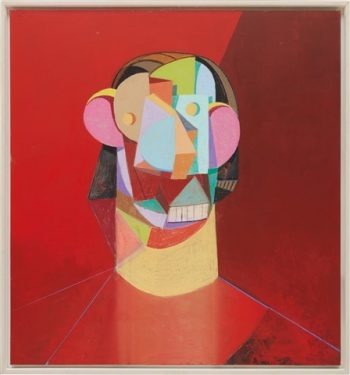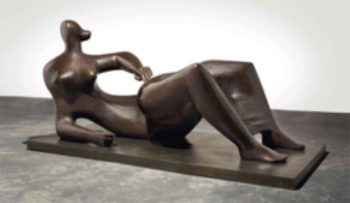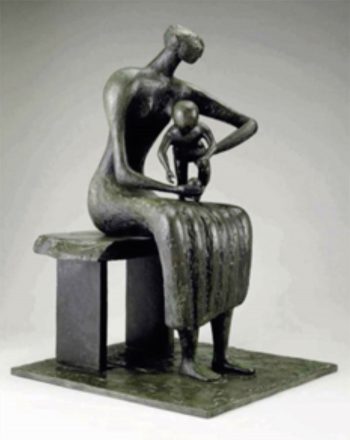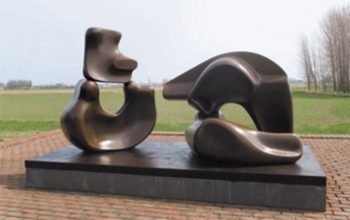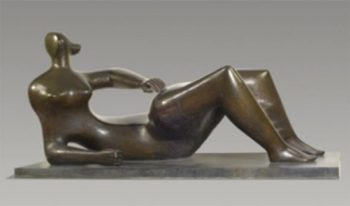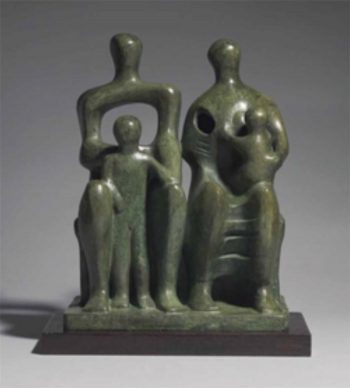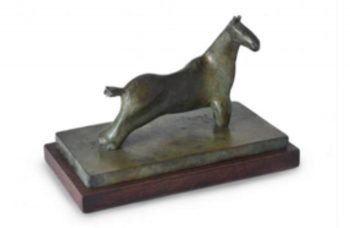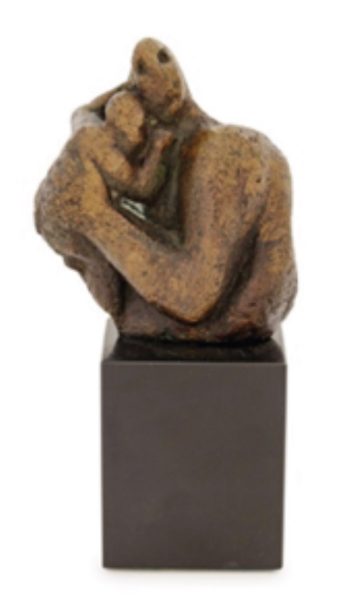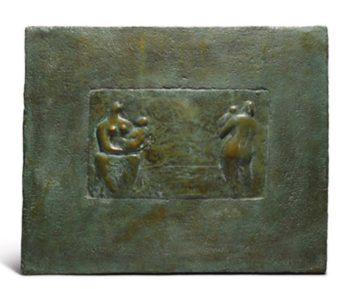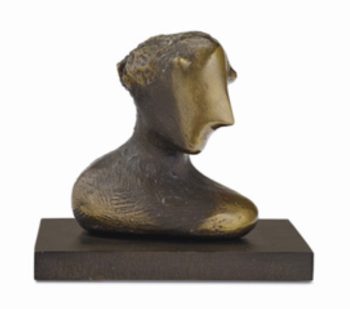
Patrick Heron was one of the leading painters of his generation and one of my artist heroes. Like me, Heron also had artist heroes. His were chosen from the great French Post-Impressionist painters; namely Pierre Bonnard, Paul Cezanne, Georges Braque and Henri Matisse and the influence of each artist can be seen in many, if not all, of Heron’s paintings.

Henri Matisse, L’Atelier Rouge, Oil on canvas, 181 x 220 cms, Painted in 1911. Collection MOMA New York
Heron first saw this picture during the war in a basement gallery in London, it was for sale at £600 and was bought on behalf of the American collector Mrs Simon Guggenheim who later bequeathed it to MOMA. Heron did not have the money to buy it, however it made such an impression on him that he visited the gallery every day until it was finally sold.
Matisse, as the master of colour, was the inspiration and guide for Heron’s use of colour throughout his professional career. Heron knew Braque and describes a visit to his studio where he saw something completely new to him – an artist working on multiple pictures all at the same time. He speaks of watching while Braque frugally uses up any left-over paint by flitting from picture to picture to find the best location for every tiny dot of colour. Heron considered Bonnard an under-appreciated, semi-abstract painter artist and his mastery of the figure and its importance to a composition was a great influence on Heron’s art throughout the 1940’s and 50’s. Cezanne’s landscapes, when transferred to the scenery of Cornwall, also provided constant inspiration.

Some early drawings and watercolours by the young Patrick Heron aged from 3-8 years old
Heron himself was somewhat of a child prodigy. At the age of three he was making very competent landscape and figure drawings. By five he was almost up to Art School standard. His artistic and enlightened parents eased the burden on Heron’s school teachers by telling them not to worry too much about teaching him anything – he was going to be an artist anyway so he should be left to focus on that. At his secondary school near Harpenden he was indeed left to his own devices. His art teachers could no longer teach him anything and so he painted all day and so was largely self-taught.

Bedroom Mousehole, Cornwall. Signed and dated 1946, Oil on canvas, 76 x 63 cms
Sold in 2018 for 120,000 Euro.
Exhibited at Heron’s first one man show at the Redfern in 1947,
Cornwall was a great influence on Heron. Having first visited there as a child, the family later moved to Hertfordshire where they founded Cresta – a firm of silk printers where Heron helped out by designing scarves aged just 14. He finally returned to Cornwall due to the Second World War. A conscientious objector like his parents, Heron was allowed to go down to Cornwall to work with the potter Bernard Leach; an extraordinary piece of good fortune as Heron was not only able to hone his artistic skills by making pots, he also thrived under the watchful tutelage of Leach. He continued to paint throughout the war and afterwards in 1947 he had his first one-man show at The Redfern Gallery in London.

Blue Table with Window, Signed and dated 1954,
Oil on canvas, 102 x 127 cms
Sold in 2011 for £ 1,049,250 , current auction record price.
Heron was by now spending every summer in Cornwall and a clear transition from figurative painting to pure abstract began through the late 1940’s and 1950’s, always edging nearer to pure colour. This culminated in 1956/57 when he bought ‘Eagles Nest’, a cliff top house near St Ives, which he first saw as a child. Here in Cornwall he paints, ‘Interior Garden Window’ – his final major narrative painting, and then begins a new chapter with the pure abstract ‘Camellia Garden’. Everything thereafter is abstract and all about colour, light and shapes.

Interior with Garden Window , circa 1955/1956,
Oil canvas, 121 x 152 cms. Collection Tate Britain
Heron’s last narrative painting before becoming a totally abstract painter
Watching Heron’s work ethic on film is exhausting. He is either out walking miles every day or painting long hours in Ben Nicholson’s old studio in St. Ives. He can be seen working on a large canvas, almost the size of a bedroom wall. It takes 13 hours straight to fill in the spaces using paint straight from the tube and he works without stopping, explaining that should he take a break then the paint will dry and a mark or ridge will appear where he left off and spoil the picture.

Camellia Garden, March. Signed and dated 1956, oil on canvas, 182 x 91 cms
Sold 2008 for £668,450
Herons first solely abstract painting following directly on from ‘Interior with Garden Window’
From my selection of images, I hope you can see the transition from semi-narrative to pure abstract and the energy and the warmth that comes through from Heron’s exceptional art.

Atmospheric Strata, Feb 1958. Oil on canvas, 122 x 56 cms. Sold 2013 £626,000
One of a relative rare series of very attractive and commercially successful ‘stripe’ paintings
Heron was successful right from his first show in 1947 and in 1985 he was honoured with a retrospective exhibition at the Barbican, which is probably the largest assembly of his works. His prices remained constant for many years until in 2006 they spiked. Prices continued to rise until 2009, when they settled back down a little, but remained strong for Masterworks from both pre and post 1957 eras.
Patrick Heron would have been 100 this year and I am sure that if he were still alive and able to paint, he would be making art as energetically now as he was throughout his amazing career.















